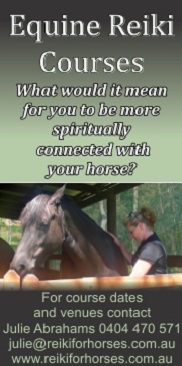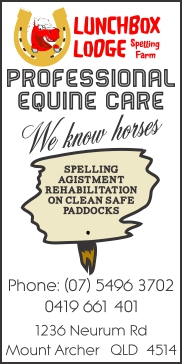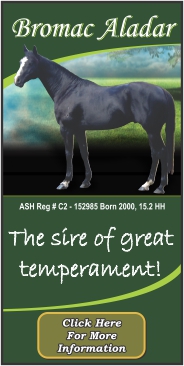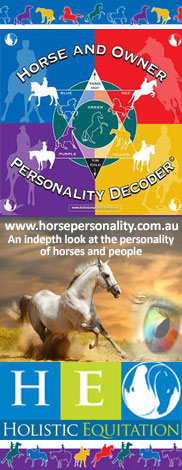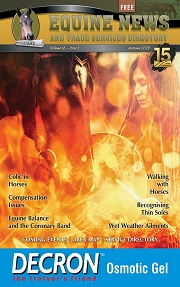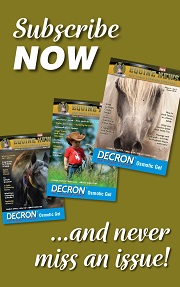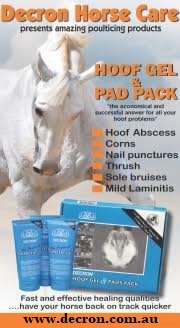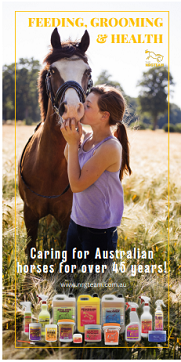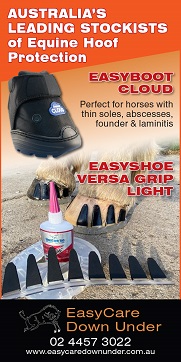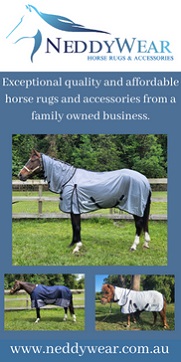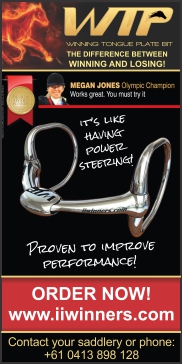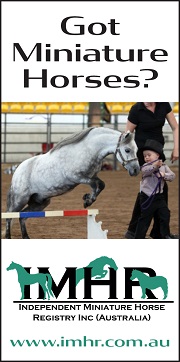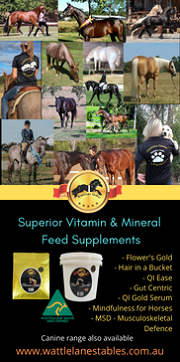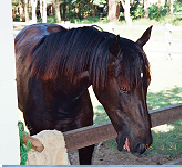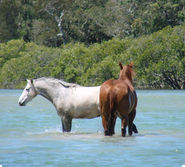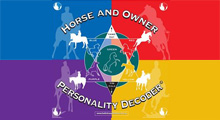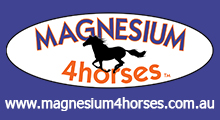For hundreds, perhaps thousands of years, the spotted horse has flourished
throughout Europe. Breeds as we know them today didn’t exist back then.
Horses were rather selected and bred for a purpose, for example a war horse, a
carriage horse or for training in high school.
The spotted horse was selected for function and was found in many different
studbooks even up until today, although it has disappeared from others over the
centuries. For example in the sixteen hundreds the Hanoverian had many spotted
patterns within it. Although not striped , these spotted horses in Europe were
earlier known as Tiger Horses and in our language would be the leopard spotted
pattern. One of the oldest and most noted of these spotted horses was the
Knabstrupper, a warmblood breed from Denmark.
The Royal stud of Frederiksborg, Denmark has consistently bred these spotted
horses since 1536. The Knabstrupper is a colour variant of the once world famous
and much sort after Danish Frederiksborger Baroque horse. These horses were
from the agile Spanish Jennets and were originally trained for close combat
warhorses.
After the invention and use of guns the horses were used in high school by many
noblemen. Like the famous Lipizza and Hanover training stables the Zuchta at
Frederiksborg was one of the principal schools then and their horses eagerly
sought after. Many of the whiteborn or what we call fewspot leopards were in
demand for carriage horses and used at coronations and were favourite riding
mounts of the kings and emperors.
The royal stud eventually disbanded, they had a lot of problems with inbreeding
and because of the ignorance of the results of the grey gene lost a lot of the
colouring. In the 1800s the spotted horses made a comeback in Denmark and the
name of Knabstrupper was given them because of the main stud in the district
Knabstrup.
Major Villars Lunn aquired a spectacular mare of Spanish origin and she became
the foundation of a lot of the modern lines. The Flaebe mare, as she was known,
had a coat of many colours, dark red, covered with white spots and brown
spots in her blanket. She was famous for her endurance and stamina. Her son,
Flaebehingsten, sired by the golden yellow Frederiksborg stallion produced
numerous top stallions. Mikkel was another famous sire and winner of many
races. The race horses at that time often had to pull the carriage loaded with
people and gear to and from the racecourse as well!! In the late 1800’s a severe
lightening storm set the Knabstrup stud stables alight and many of the best
Knabstrupper – the horse with character
Photo of Hugin (by Don Ibrahim) born 1986.
This amazing stallion had three broken legs in 1991 and went totally blind in 1995. Famous trainer Bent Branderup used classical dressage training for the horse to completely restore his health and the horse went on to many top performances.
Breeding stock were burnt to death. Like a lot of breeds that wane, renewed
interest after the world wars has seen both the old Baroque type and taller sports
type again grab the public’s imagination and they are being bred and competed on
worldwide now.
You might wonder what a Baroque horse is? Generally they are described as the
type of agile, strong bodied descendents of the type of horses used in the Middle
Ages. They are characterised by powerful hindquarters, muscular arched necks,
straight or slightly convex face profiles and usually have a thick, full mane and tail.
These horses are particularly suited to classical dressage, with the ability to collect
easily. The Lipizzan is probably the best known of the Baroque type breeds today,
but also include the older type of Knabstrupper, Friesian and Lusitano.
Although the Knabstrupper possess all the coat patterns similar to the Appaloosa
they are different in type, being generally of a more narrow frame, built uphill
with the hindlegs set under more. Because of their similar Spanish ancestory, the
older foundation Appaloosas would be more of this type. The Knabstrupper was
used for work around a lot of the farms in Denmark so they have a very forgiving
temperament, being especially kind with children.
They are uncomplicated and possess high levels of trainability, strength and
stamina. They usually enjoy good health, being kept outside with no problems,
very good doers and still known for their longevity. They usually stand between
15-16 hands, some of the modern warmblood crosses can get to 17 hands. They are
good movers, easy to ride and have natural jumping ability. Because of their kind
outlook to life they are especially favoured by amateur, middleaged and children to
compete on. All through the ages they were also used extensively in the circuses
and still today are seen performing under the big top.
The main registry is the KNN in Denmark and the ZDPF in Germany. All stud book
mares and stallions are inspected, graded and do ridden approval tests. The
leopard pattern is by far the most popular and highly prized for breeding and
performance. Outcrossing is allowed to certain warmblood breeds, the Trakener
and Oldenburger, Arabian and Thoroughbred. Appaloosa crosses would need four
generations before they could be studbook horses in Europe.
Sportaloosa International recognises the Knabstrupper and Appaloosa crosses for
any of their studbooks.








